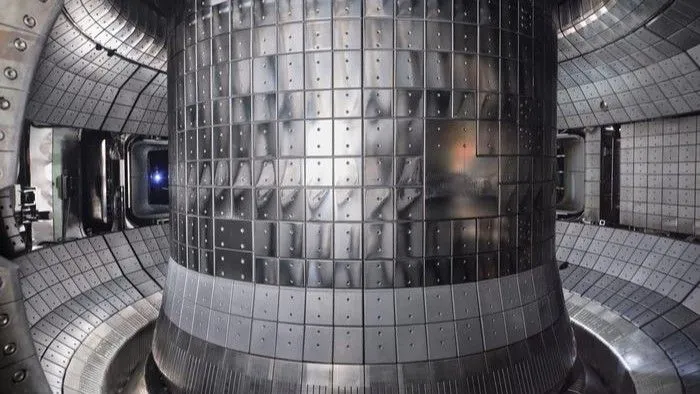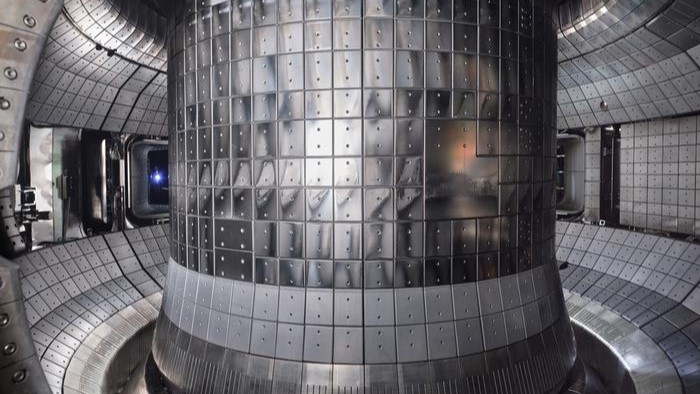Nuclear fusion reactor in South Korea runs at 100 million degrees C for a record-breaking 48 seconds
Nuclear fusion reactor in South Korea runs at 100 million degrees C for a record-breaking 48 seconds

www.livescience.com
Nuclear fusion reactor in South Korea runs at 100 million degrees C for a record-breaking 48 seconds

48 seconds. I predict a glut of helium. balloons for everyone
